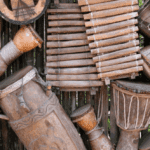The American frontier – a land of promise, adventure, and, for many, unimaginable brutality. While we often hear tales of brave pioneers and vast landscapes, there’s a darker side to this history, one that involves the horrifying practice of scalping. It wasn’t just one group; both Native Americans and European settlers engaged in this gruesome act. What started as a perceived mark of ‘savagery’ soon became a grim transaction, a chilling part of life, and a dark secret woven into America’s past. Prepare to uncover some truly horrific facts about scalping on the American frontier.
10. A Chief’s Startling Gift to Jacques Cartier
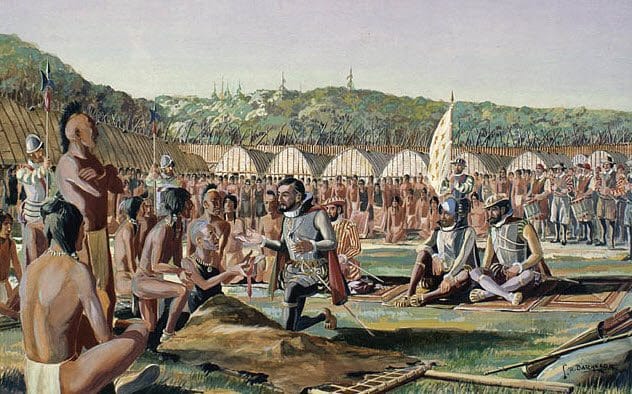
Explorer Jacques Cartier might have been one of the first Europeans to witness scalping culture up close. During his visit to what is now Quebec City, he met Chief Donnacona. After a welcoming dance and an exchange of gifts, Donnacona presented Cartier with what he considered a prized possession: five human scalps, dried and meticulously stretched on hoops. This was a stunning introduction to a practice that would soon fill European journals.
Reports described warriors who would slice the scalps from their fallen enemies, raise them high, and let out a chilling “death cry.” These scalps were brought home on lance tips, paraded, joked about, and sometimes even fed to dogs. It was a terrifying form of psychological warfare, and its effect on the Europeans was profound. Cartier’s log simply noted, “After seeing these things, we returned to our ships.”
9. The Nightmare of Being Scalped Alive
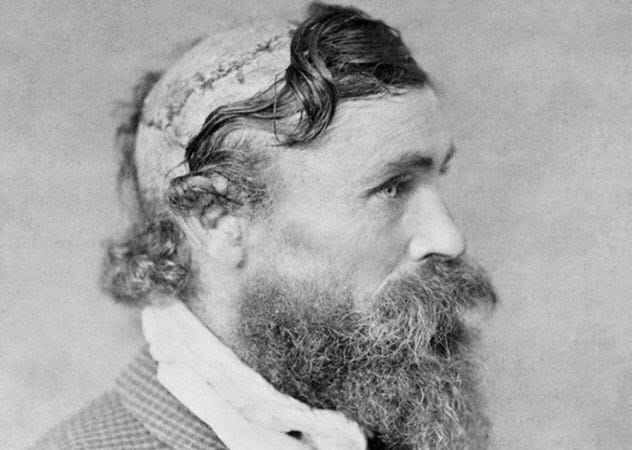
Scalping wasn’t merely a post-mortem trophy collection. Horrifyingly, some individuals were alive and conscious when their scalps were violently removed. Medical records from the era detail doctors’ desperate attempts to treat these living victims. With quick intervention, a surgeon could sometimes repair the damage, leaving the person alive but with a disfiguring bald scar for life.
Early medical treatments, however, were often crude and agonizing. Some doctors would pierce the exposed skull down to the bone marrow, hoping to stimulate a “flesh projection” to cover the wound. This procedure caused excruciating pain and left the skull dangerously thin. Those who survived without treatment faced a slow, agonizing demise, living for months with exposed bone until infection inevitably set in, leading to inflamed skulls and, eventually, exposed brains.
8. Colonial Bounties: Paying for Scalps
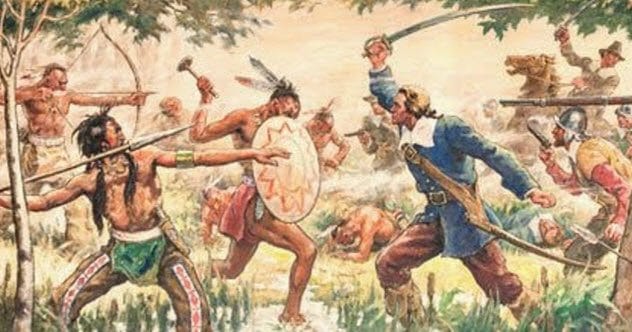
It wasn’t long after the Mayflower arrived, seeking a peaceful Christian society, that European settlers began taking scalps themselves. The practice gained traction during the Pequot War. After a trader named John Oldham was killed by Native Americans, the Massachusetts Colony Puritans engaged in all-out war. The governor initially offered rewards for Native American heads.
However, heads were bulky and inconvenient. The Puritans soon adopted the scalping method from their adversaries, finding it easier to collect and transport scalps. Other colonies quickly followed. By 1641, New Netherlands offered the first official bounty for scalps from the Raritan tribe. The Massachusetts Bay Colony later offered 40 pounds for warrior scalps and 20 pounds for the scalps of women and children under 12, urging citizens to “kill and destroy” targeted Indians. Scalp hunting had become a grim business.
7. The Crow Creek Massacre: Ancient Brutality

Long before Columbus, around 1325, one of the most devastating scalping massacres occurred at a Native American settlement known as Crow Creek. This large village, fortified with 55 lodges and a thick wall, was horrifically attacked. An enemy tribe breached their defenses one night, slaughtering nearly everyone inside.
Archaeologists uncovered the remains of 486 people at Crow Creek. Evidence shows that almost every man, woman, and child was killed and then scalped. The young women were spared death, only to be taken as sex slaves by the attackers. The exact identity of the aggressors remains unknown, but later European explorers heard tales from the Arikara tribe about a large village that needed to be “taught a lesson,” possibly hinting at the perpetrators.
6. Hannah Duston: A Mother’s Brutal Revenge
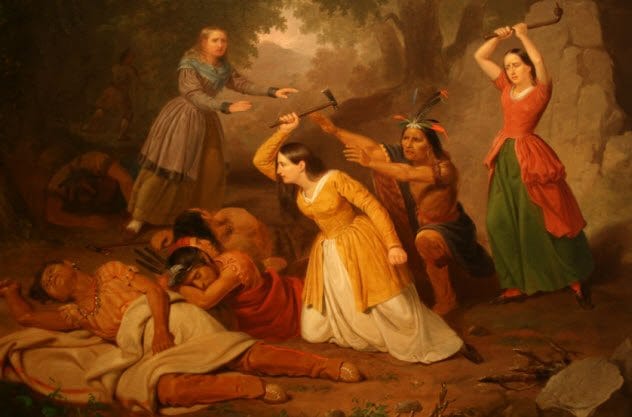
Hannah Duston, a mother of eight, became an unlikely and brutal figure in frontier history. In 1697, her Haverhill, Massachusetts home was attacked by an Abenaki war party. While her husband escaped with seven children, Hannah and her newborn daughter were captured. She witnessed 27 villagers murdered before her captor horrifically smashed her baby’s head against a tree.
Taken to an island, Hannah didn’t succumb to despair; she plotted revenge. Waiting until her captors slept, she seized a tomahawk and killed ten Abenaki individuals. Before escaping with other hostages in a canoe, she methodically scalped her victims. Astonishingly, this middle-aged mother then appeared at the Massachusetts governor’s office, a collection of scalps in hand, demanding the bounty payment owed to her.
5. US Rangers: Professional Scalp Hunters
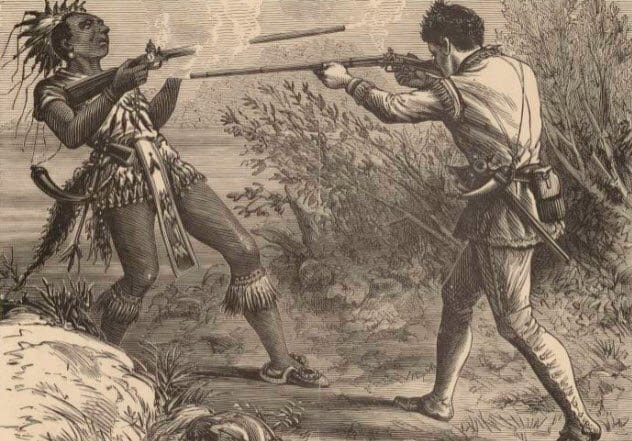
By the early 1700s, some US Rangers had transitioned into full-time scalp hunters. These men ventured into the wilderness specifically to kill Native Americans, driven by the promise of wealth from scalp bounties. John Lovewell became particularly infamous for his success, even crafting a wig from his victims’ scalps and parading it through Boston.
Scalping was incredibly lucrative. Lovewell amassed a fortune, earning 100 pounds per scalp – a substantial sum at the time. This grisly trade made him richer than he’d ever been through honest work. However, his ambition proved fatal. Overconfident, he led a group of 47 men against a village of over 100. Lovewell was killed in the ensuing battle and, in a grim twist of fate, was himself scalped.
4. Henry Hamilton: The ‘Hair-Buyer General’
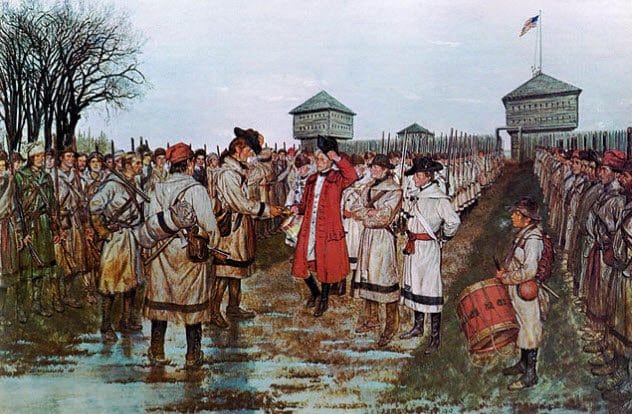
During the American Revolution, British officer Henry Hamilton earned the chilling moniker “The Hair-Buyer General.” His role was to enlist Native American tribes to fight against the American Revolutionaries, and he achieved this by offering payment for scalps. Hamilton, who referred to Native Americans as “savages,” believed Britain should exploit their “natural propensity for blood.”
He supplied tribes with scalping knives and paid for every white American scalp they brought him, only cautioning them to spare women and children. Records show that in one day, he received 129 American scalps. This brutal tactic, however, only fueled more violence, as enraged Americans retaliated by scalping Hamilton’s mercenaries in acts of vengeance.
3. Kentucky Militia’s Savage War Tactics
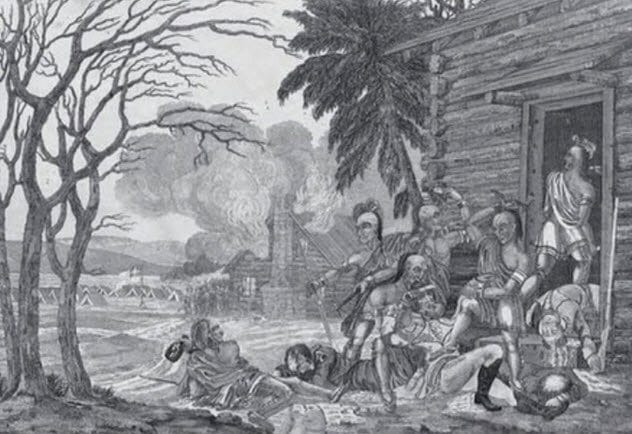
By the War of 1812, some American forces had fully embraced scalping. A Kentucky militia group became notorious for its savagery. Before attacking British and Native American encampments, these militiamen would strip to their underwear and paint themselves with red war paint. They indiscriminately murdered everyone they found and took their scalps, not for bounty money, but as gruesome souvenirs of their massacres.
One horrified Pennsylvania officer recorded seeing a Kentuckian casually rip open his waistband, flesh scalps with his knife, salt them, and stretch them on hoops. While much of the country was appalled – the British even used their actions in propaganda, calling Kentuckians “barbarous” – the militia members themselves felt justified. One young soldier proudly wrote home that he sent a scalp to his parents, who reportedly thought he “had done about right.”
2. The Sand Creek Massacre: Betrayal and Butchery
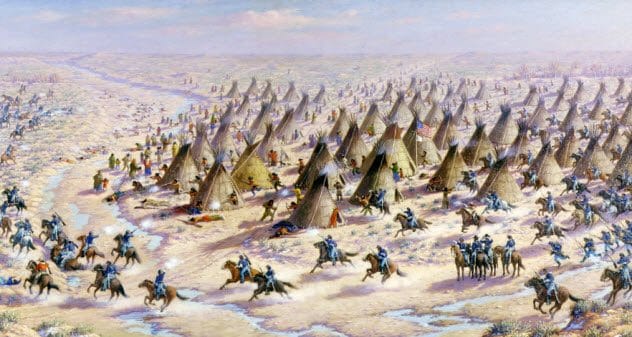
During the Civil War, a dispute with the local Cheyenne tribe over alleged livestock theft led to horrific violence. Union troops, under Colonel John Chivington, began burning Cheyenne camps. Cheyenne Chief Black Kettle sought peace, telling Chivington, “We want to take good tidings home to our people, that they may sleep in peace.” Chivington, however, claimed he couldn’t make peace and secretly planned an attack on the village of Sand Creek.
“Damn any man who sympathizes with Indians,” Chivington infamously declared. “Kill and scalp all, big and little; nits make lice.” John Smith, a white man whose son was in the camp and died in the attack, witnessed the aftermath. He described bodies “cut all to pieces,” victims scalped, children killed, and unborn babies torn from their mothers. The body of White Antelope was particularly desecrated: after being scalped, his nose and ears were cut off, and his testicles were removed to be fashioned into a tobacco pouch for a U.S. soldier.
1. The Glanton Gang: Scalping for Profit and Bloodlust
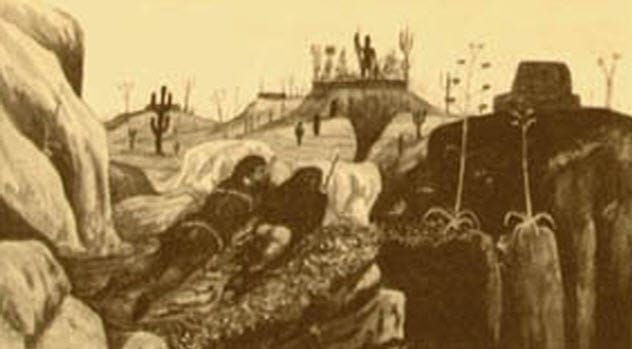
In the Mexican-American War, Texas Ranger John Joel Glanton and his gang were hired to collect scalps from Apache tribe members involved in the conflict. The U.S. Army paid handsomely for these scalps, making Glanton wealthy. However, as Apaches became scarce, Glanton, realizing the Army wasn’t scrutinizing the source of the scalps too closely, began killing and scalping Mexican civilians.
Glanton’s greed soon morphed into pure bloodlust. He and his gang seized a river ferry from the Yuma tribe and used it to lure unsuspecting travelers. Once passengers were trapped mid-river, Glanton’s men would massacre them – whether Mexican or American – and loot their bodies. Though the Chihuahua government put a bounty on Glanton’s head, it was the usually peaceful Yuma tribe, pushed too far by his atrocities, who finally exacted revenge. They infiltrated his camp while he slept, killed his men, and slit Glanton’s throat.
The history of scalping on the American frontier is a deeply unsettling chapter. It reveals a time when the lines between ‘civilized’ and ‘savage’ blurred, and human life could be tragically reduced to a gruesome trophy or a monetary reward. These stories, though horrific, are a vital part of understanding the complex and often brutal realities of America’s past.
What are your thoughts on this dark aspect of frontier history? Do you know of other similar accounts? Leave your comment below.









